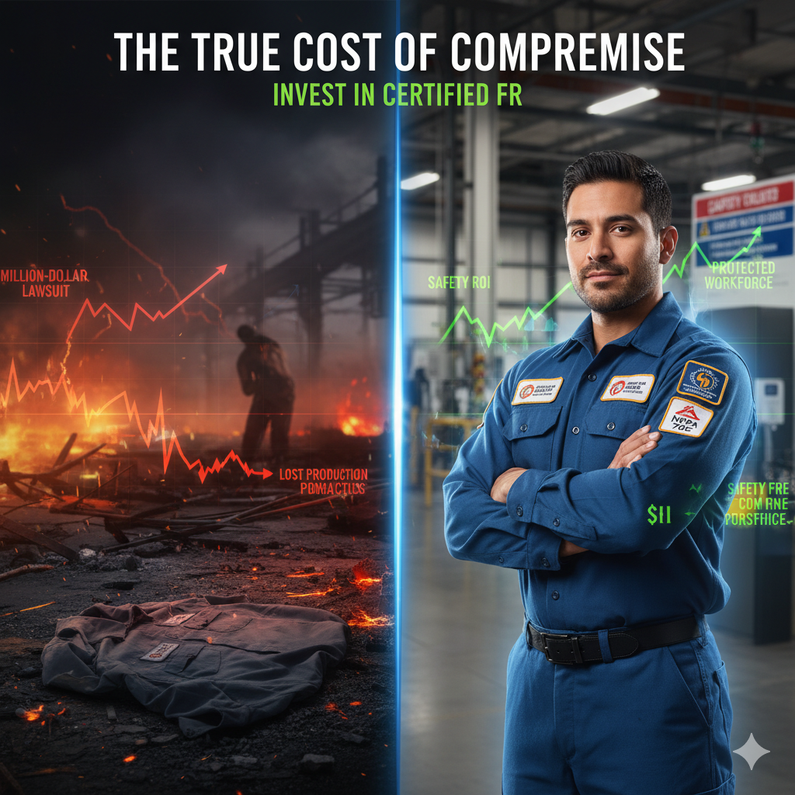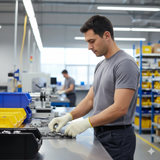Recent Posts
-
Beat the Heat: Why Hot Mill Gloves Are Essential for Protecting Against Burns
In metalworking, foundries, glass manufacturing, and bakeries, workers frequently handle materials o …3rd Nov 2025 -
The Ultimate Workhorse: Why This String Knit Glove Belongs in Every Industry
When it comes to essential gear, few products are as ubiquitous and valuable as the basic string kni …30th Oct 2025 -
Premium Protection, Smart Investment: Discover the Pyramex WHAM3030 Welding Helmet
In welding, your vision and face are exposed to some of the most intense hazards in any industrial s …28th Oct 2025



